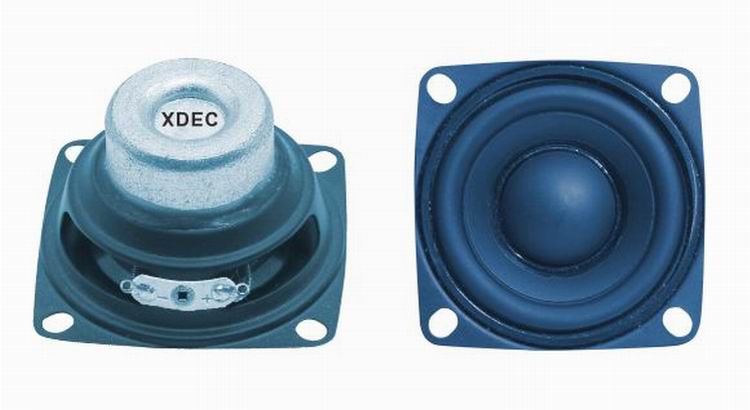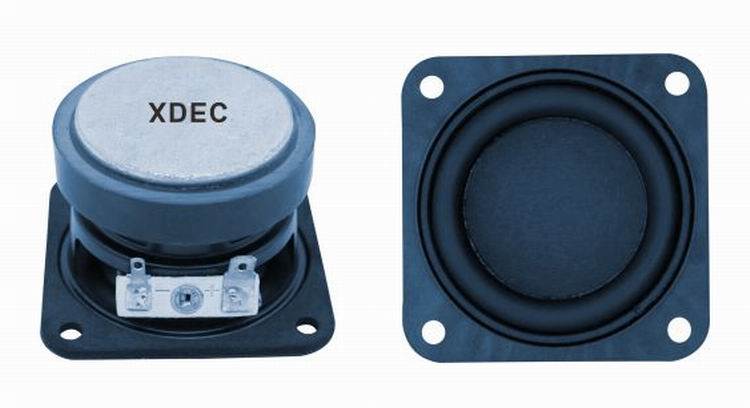There is an urgent need for remote visits in many large hospitals. This demand comes from two aspects: one is that some patients suffer from highly infectious diseases; the other is that critically ill patients are easily infected, so they can not contact the outside world. Such special patients need to be comforted and accompanied most, and their families, relatives, friends, etc. are also worried and anxious because they cannot visit. With the further improvement and improvement of the safety precaution system and technology, the medical industry is fully qualified and capable of applying the latest high-tech achievements, leading the industry to a new level, providing the most advanced and timely medical services, and establishing itself Industry image and can serve users efficiently. In order to promote the specific requirements of the hospital to achieve modernization and efficient management, it is proposed to combine the current industry development level, use advanced technology, adopt safe and reliable network monitoring solutions, and "integrate and network" the monitoring system to meet the development needs of hospital security work. of. Remote access requirements We are no stranger to remote visits. On May 17, 2009, Premier Wen Jiabao of the State Council made a special trip to Beijing Ditan Hospital to visit the first case of H1N1 influenza patients in Beijing. At Ditan Hospital, Premier Wen realized the communication and condolences with the patient through the remote visitation system. At present, there is an urgent need for remote visits in many large hospitals. 1. For patients with highly infectious diseases Our country is densely populated and is a country prone to large outbreaks of infectious diseases, such as SARS in 2003 and H1N1 flu in 2009. Patients with these diseases need to be isolated for observation and treatment, and they should not be in contact with outsiders. 2. For critically ill patients Severe patients have poor resistance and are susceptible to infections, which aggravates the condition, so they cannot contact the outside world. 3. For newborns Many newborns require hospitalization, observation and care after birth due to various reasons. For hospitalized newborns, due to their particularity, the hospital does not advocate parental escort, only one visit per week for parents, and during the visit, the nurse holds the child to the window to let the parents take a look, the doctor in charge of the bed The windows answer questions from parents. 4. For patients away from relatives Due to various reasons, many patients and relatives and friends are in different places, and relatives and friends cannot be rushed to the patient's hospital in time for visits and escort. The above patients urgently need the care and care of their relatives and friends during their illness; relatives and friends also urgently need to understand and master the patient's condition, which is the need for remote visits to be used in hospitals. Integrated Application of Remote Visitation and Digital Network Security System With the development of network technology and video coding technology, hospital security video surveillance systems have gradually switched from traditional analog video systems to network digital video systems. Digital and network-based security platforms can integrate other sub-weak systems, such as traditional ward visits, through the integration of communication protocols. The traditional ward visit system needs to be constructed separately, and it cannot achieve unified management, storage, and scheduling. Through the embedded digital network video system currently popular in the industry, the above problems can be solved perfectly. Using the embedded digital network video system as the hospital security system can integrate multiple weak electronic systems in the hospital, greatly saving the hospital's investment costs. Ward design In the ward, audio and video playback of family members and transmission of audio and video signals of patients are mainly realized. The digital network camera is installed in front of the bed. Avoid direct light when installing. The selected camera is equipped with a microphone and speaker interface, and the microphone and speaker in the ward are connected to the digital camera to realize audio input / output. The visiting terminal is installed on a foldable mechanical telescopic hand, and the height and direction are adjusted according to the lying position of the patient. Considering that it is not convenient for some critically ill patients to carry headphones, a directional microphone and a speaker can be installed next to the touch terminal to also achieve voice intercom.
Speakers with working frequency response range from 500~5000Hz are called mid range speakers.
FAQ
Q1. What is the MOQ? Mid Range Speaker Mid Range Speaker,Mid Bass Speakers,Mid Range Car Speakers,Mid Bass Car Speakers Shenzhen Xuanda Electronics Co., Ltd. , https://www.xdecspeaker.com![]()



XDEC: 2000pcs for one model.
Q2. What is the delivery lead time?
XDEC: 15 days for normal orders, 10 days for urgent orders.
Q3. What are the payment methods?
XDEC: T/T, PayPal, Western Union, Money Gram.
Q4. Can you offer samples for testing?
XDEC: Yes, we offer free samples.
Q5. How soon can you send samples?
XDEC: We can send samples in 3-5 days.